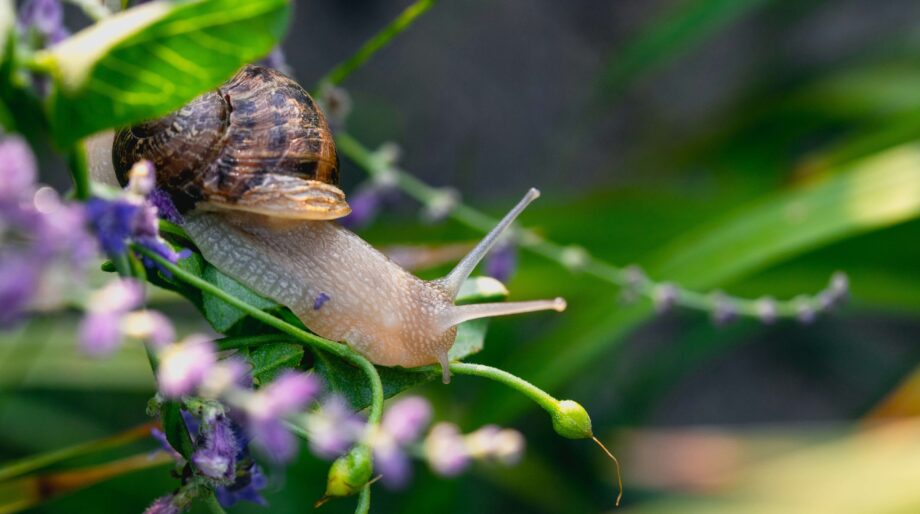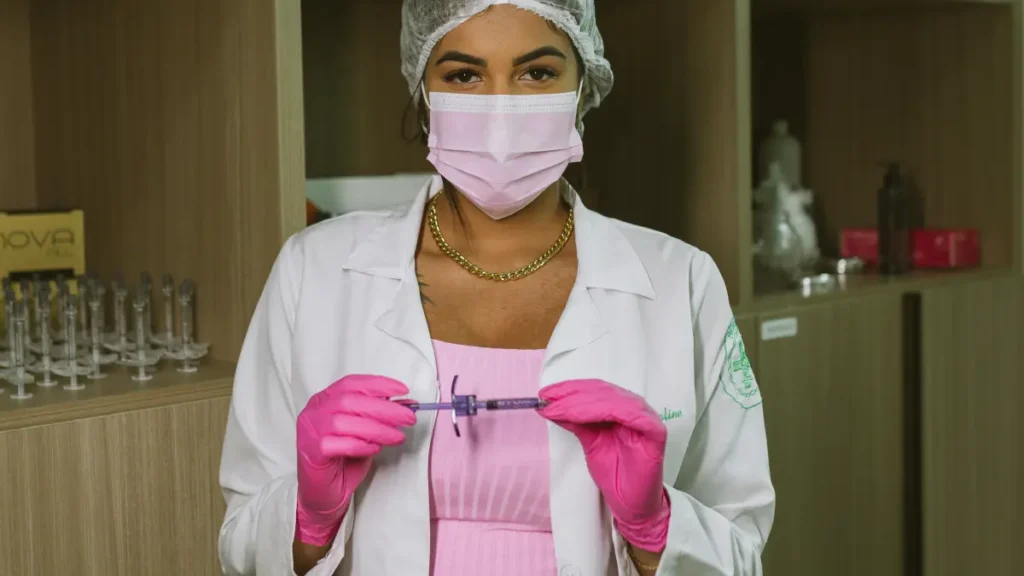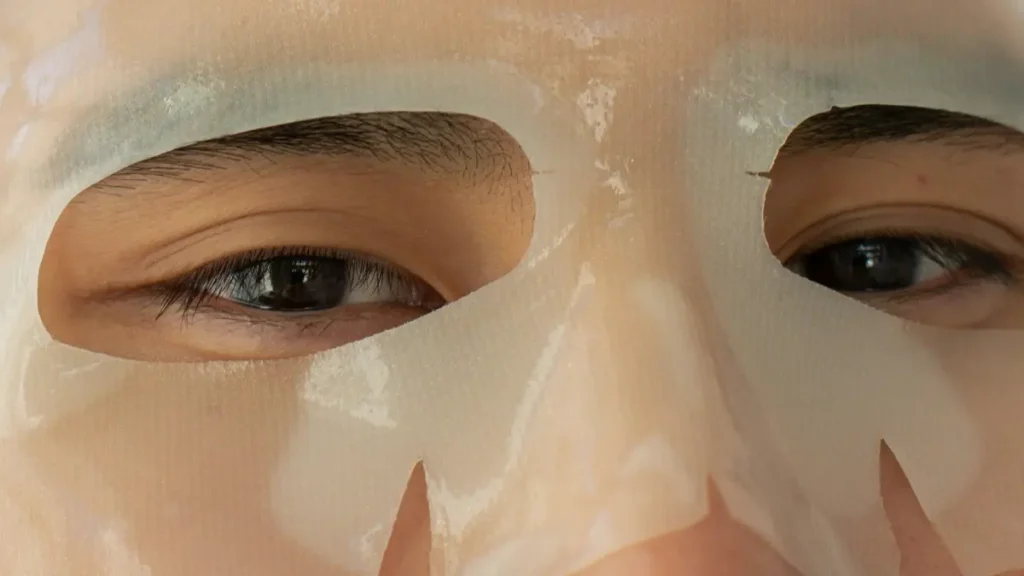In the world of skincare, unconventional ingredients often gain widespread attention and popularity. One such ingredient that has taken over the world of Korean skincare is Snail Mucin; a mucus that is produced by edible snails.
However, these rarely discussed drawbacks might have you reconsidering spreading snail slime on your face and turning back to more conventional skincare options.
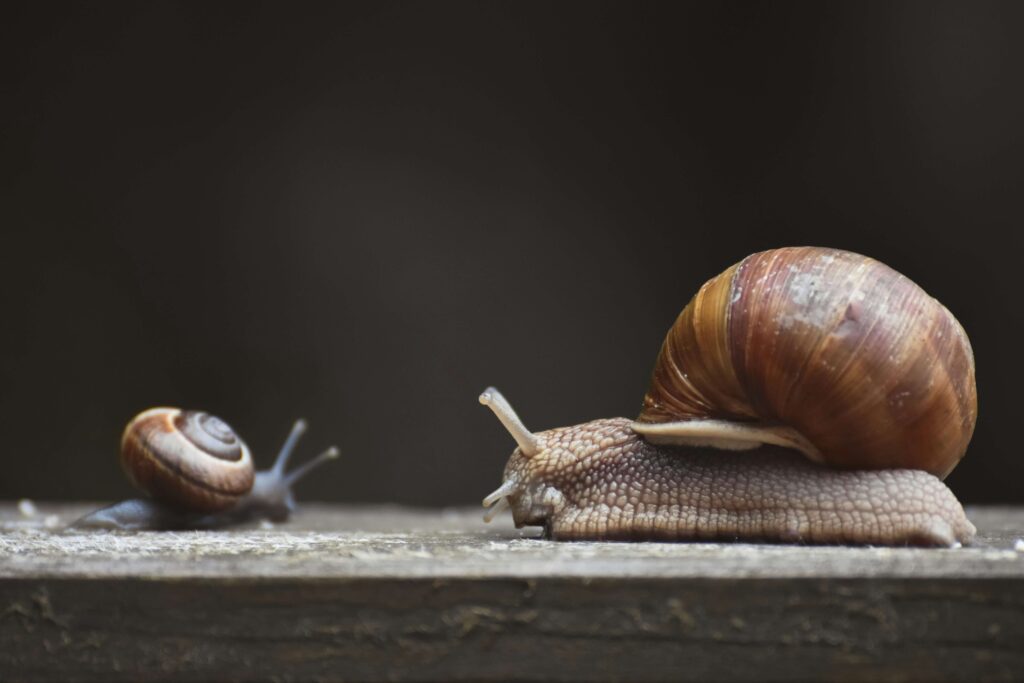
1. Allergic Reactions
One significant concern associated with snail mucin is the potential for allergic reactions. Those with snail allergies should avoid snail mucin, but even those without a snail allergy may be susceptible to an allergic reaction. Snails are often housed in bedding material that may contain dust mites, leading to cross-reactivity in individuals with dust mite allergies. Before trying snail mucin, it’s crucial to perform a patch test especially if you have a known dust mite allergy.
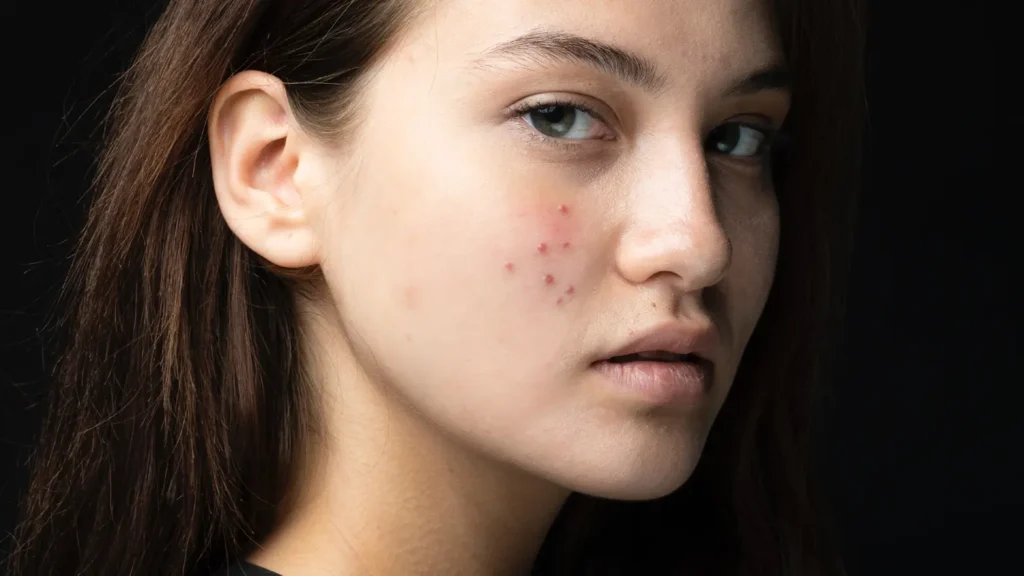
2. Fungal Acne Risks
Another consideration is the possibility of snail mucin contributing to fungal acne. Fungal acne, or pityrosporum folliculitis, is caused by yeast overgrowth on the skin. Snail mucin’s properties may create an environment conducive to fungal growth, potentially exacerbating acne-related issues. Worsening of fungal acne in particular is frequently reported in reviews of snail mucin products. If you struggle with acne-prone skin, it’s time to reconsider if snail mucin is a suitable addition to your skincare routine.
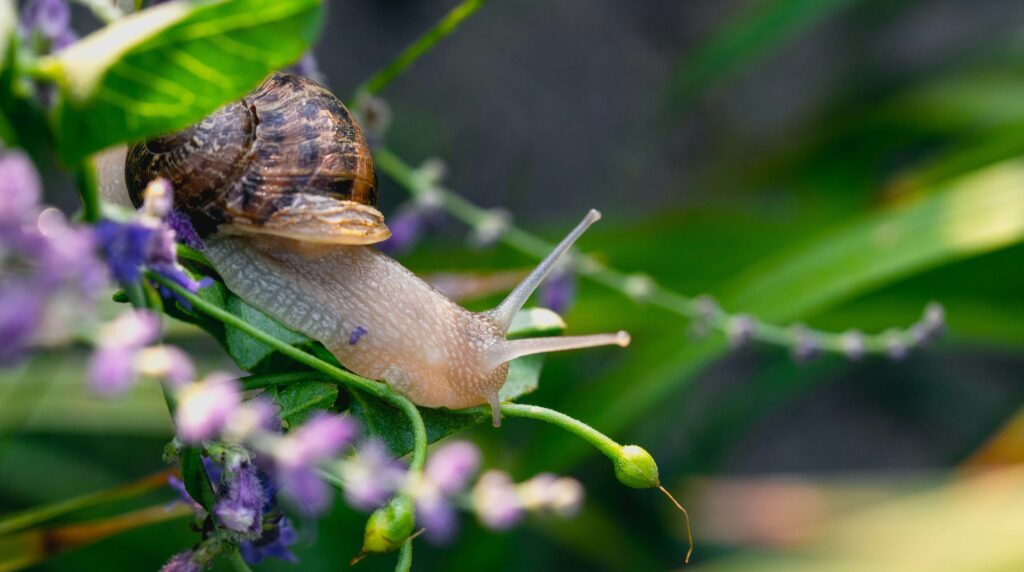
3. Lack of Research
Despite the surge in popularity, there remains a scarcity of comprehensive research on the long-term benefits of snail mucin in skincare. While some studies highlight potential advantages, the lack of extensive research makes it challenging to assess its efficacy conclusively. Skincare enthusiasts should approach snail mucin with caution until more robust scientific evidence emerges.

4. Ethical Concerns
The ethical implications of snail mucin harvesting are another area of concern. Some products source snail mucin through practices that may be deemed unethical, involving stress-inducing methods to prompt the snails to produce greater quantities of mucus. Even brands that claim to be cruelty free are operating in questionable ethical territory when it comes to over harvesting & exploiting these animals.
Alternatives to Snail Mucin:
If you’re hesitant about incorporating snail mucin into your skincare routine, several alternatives offer similar benefits without the potential drawbacks:
a. Hyaluronic Acid: A well-known hydrating ingredient, hyaluronic acid helps retain moisture, leaving the skin plump and hydrated.
b. Microcurrent: Microcurrent devices stimulate skin cells, promoting collagen production and smoothing wrinkles & skin texture.
c. Simple Acne Treatment: Opt for traditional acne-fighting ingredients like salicylic acid, benzoyl peroxide, or niacinamide for targeted treatment that has been studied and proven effective.
While snail mucin is advertised as a cure all in the skincare community, it’s crucial to weigh the potential risks, especially if you have sensitive skin or ethical concerns. Consider alternatives like microcurrent, hyaluronic acid, and established acne treatment, to experience similar benefits without the risks. As always, remember to make informed choices and be aware of what you’re putting on your skin.
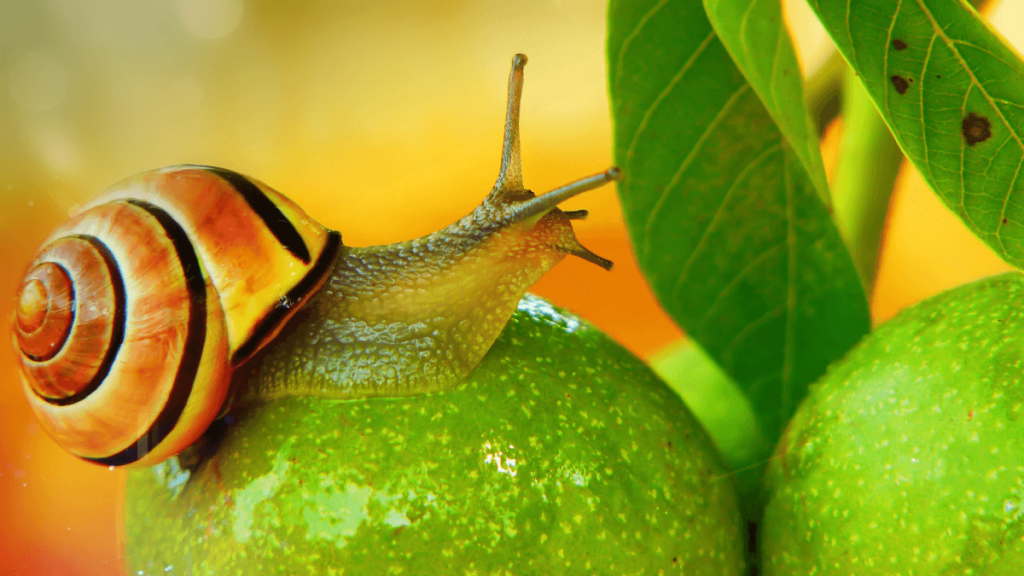
This article is brought to you by
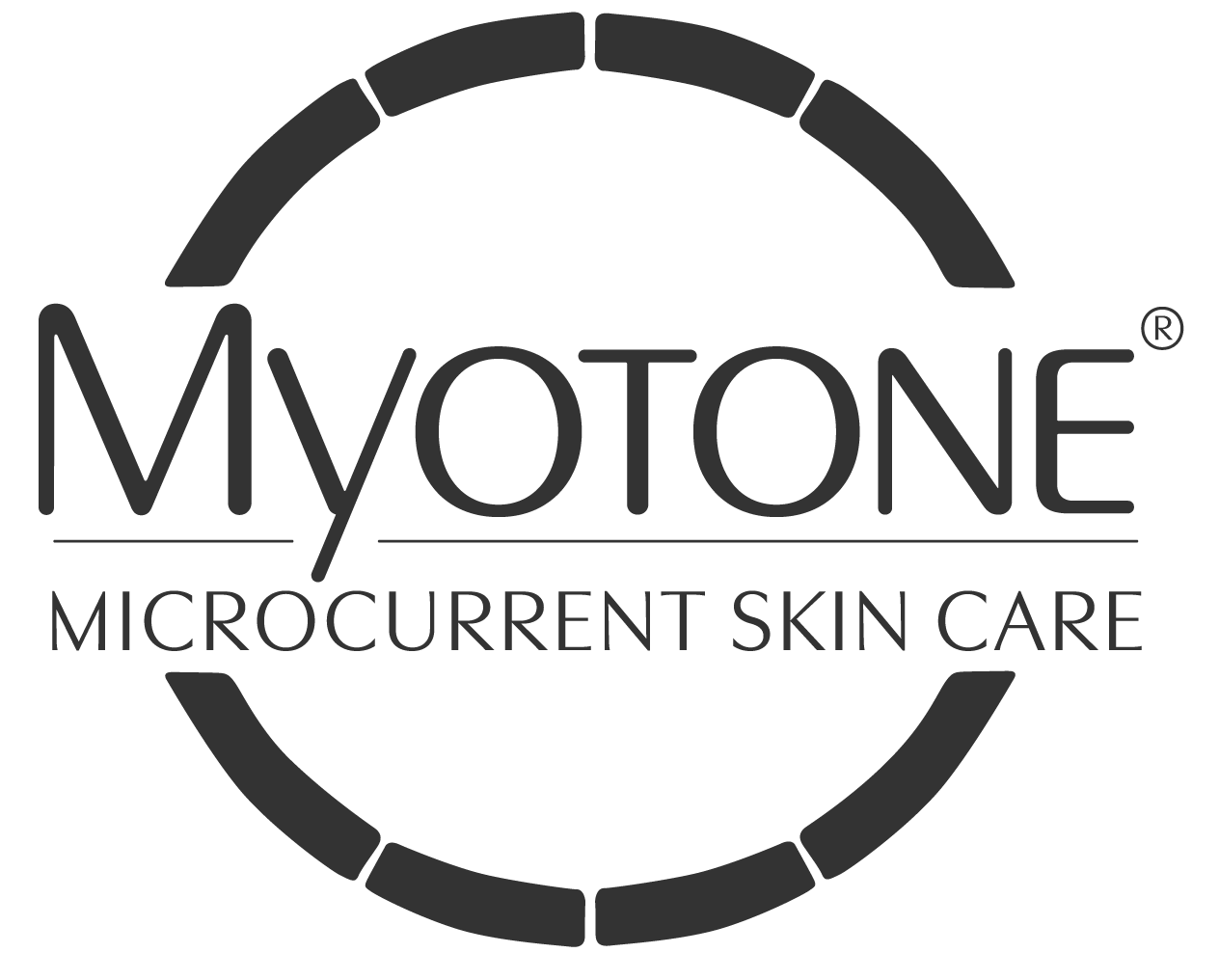
Learn More ⭢
